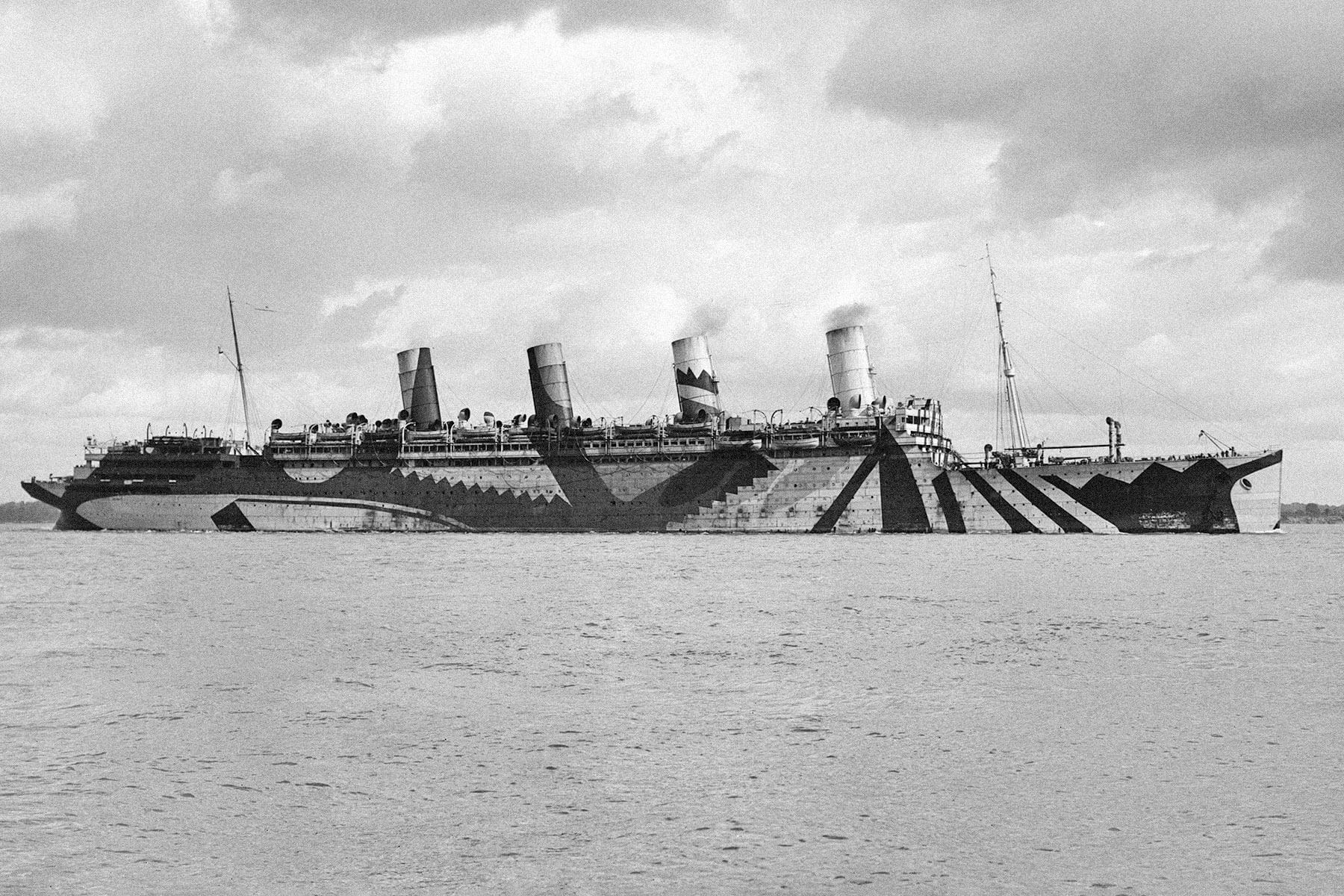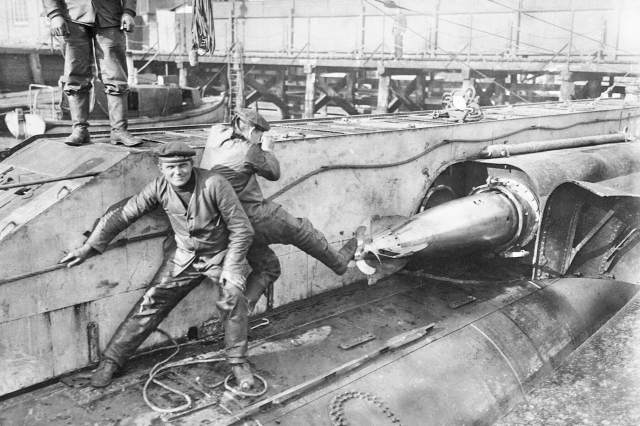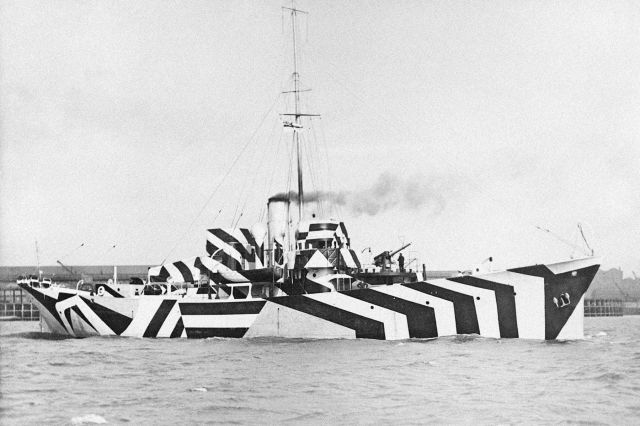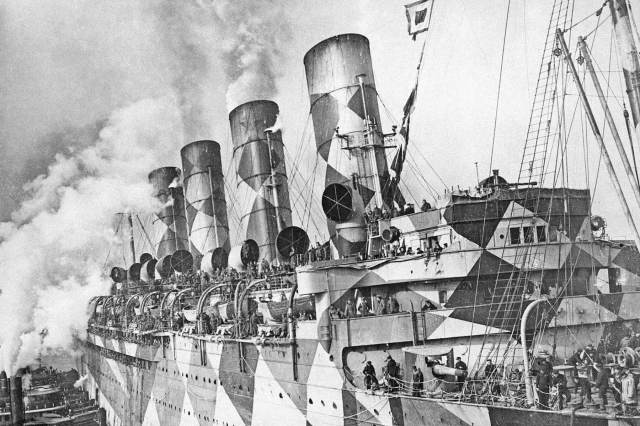How the WWI Dazzle Ships Redefined Camouflage
In 1917, at the height of World War I, England was in deep trouble. Germany had established an advantage in the waters surrounding the British Isles, and its policy of unrestricted warfare meant that even merchant ships were targets. Vessels were being sunk at a rate that threatened to completely incapacitate shipping to England, cutting off all manner of supplies. For the British to avoid certain defeat, they would need to find a way to protect the outgunned and outmaneuvered cargo ships. In response, the Royal Navy developed a novel paint scheme for British vessels that practically reinvented the concept of camouflage. These “dazzle ships,” as they were called, were a unique defense tactic that gave new meaning to the phrase “the art of war.”
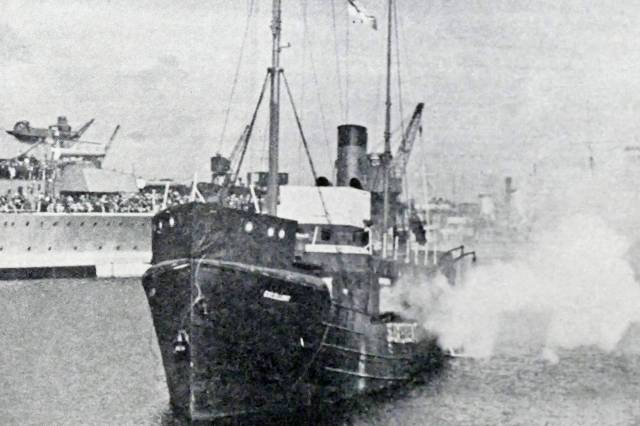
The German navy had one of the most fearsome attack vessels of World War I: the Unterseeboot, often referred to by the abbreviation “U-boat.” Unterseeboot translates to “under the sea boat,” and these vessels were some of the first submarines used in wide-scale military operations. During the First World War, U-boats were deployed in retaliation for England’s blockade of the North Sea and English Channel; Germany’s strategy was to attack all shipping to England, and in effect create its own blockade. Germany issued a tacit threat that “a U-boat cannot spare the crews of merchant ships, but must send them and their ships to the bottom of the sea. All shipping should be warned and all merchant shipping to England should be brought to a halt in a short period of time.”
Of course, halting all shipping trade was not a feasible action for England. The Royal Navy countered with Q-ships, which were war vessels disguised as merchant ships to bait U-boats into surfacing for an attack, at which point the Q-ship would reveal its hidden weapons and fire on the outgunned U-boat. The tactic depended upon surprise, so its success was temporary: The Germans adjusted by switching from attacking with surface guns to attacking with torpedoes while still submerged. Torpedoes were a more costly weapon, but Germany was investing heavily in U-boats, increasing its fleet sevenfold between 1914 and 1917 in an effort to swiftly defeat England.





